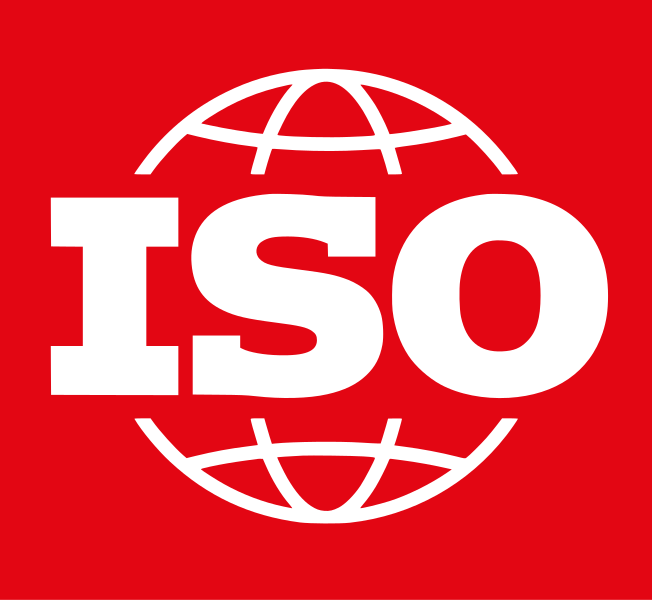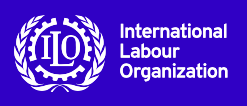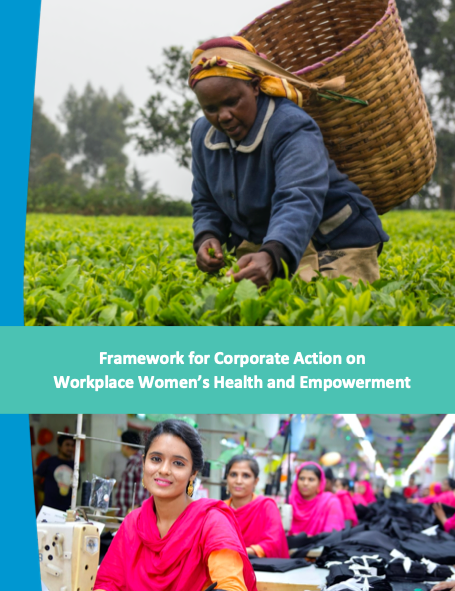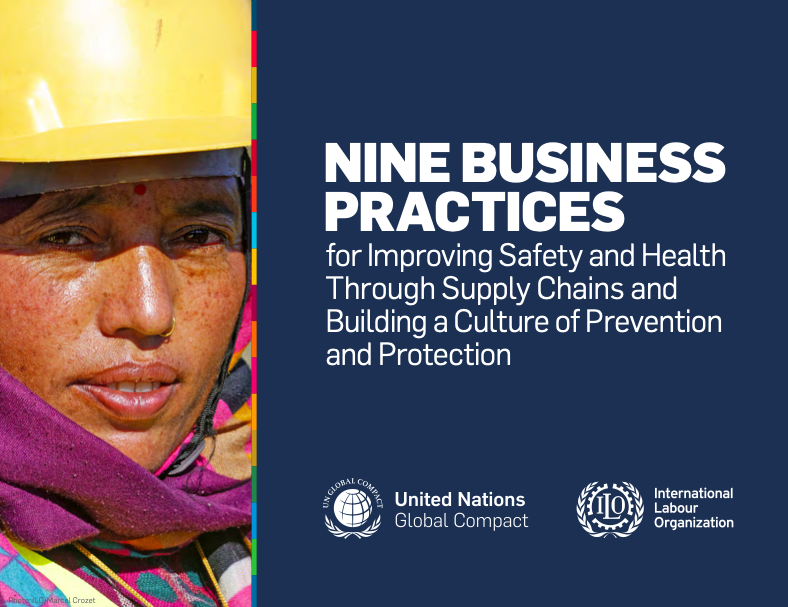Safe and Healthy Working Conditions
Description
Workers are able to enjoy their right to safe and healthy conditions of work. The company anticipates, monitors, and controls workplace hazards (physical, chemical, and biological) to prevent adverse impacts on the physical health, mental health, and comfort of workers. The company is attentive to these impacts in the physical or virtual workplace, including chronic effects that may manifest after employment has ended. The company ensures appropriate policies, procedures, training, and equipment are in place to enable and empower workers (including contractors) to protect themselves from work-related harm, injury, illness, or other adverse health or mental health impacts. Workers are empowered to refuse unsafe working conditions.
Share this Subissue on:LinkedIn
Resources
ISO 45001: Occupational Health and Safety Standard
ISO 45001 specifies requirements for an occupational health and safety (OH&S) management system and provides guidance for its implementation. These guidelines are applicable to any organisation that wants to establish and maintain effective OH&S measures to eliminate hazards and minimise risks and system deficiencies.
Occupational Safety and Health in Sectors and Industries
If you are searching for news, research, or other information on labour-specific topics (e.g. wages, fair recruitment, decent work, etc.), this is a good place to start. The International Labour Organisations' is a one-stop shop for work-safety related resources. Their platform includes international labour standards, codes of practices, training materials, good practices, reports, and papers and policy briefs, and also provides sector-specific content.
Guide to Writing an OHS Policy Statement
This resource from the Canadian Center for Occupational Health and Safety will help you to create an effective health and safety policy statement. It explains the types of issues that your policy should cover, key considerations, and includes an example of a policy checklist for reviewing new and existing OHS policies. The checklist is a good starting point for an OHS policy draft. It provides key prompting questions and includes essential topics and issues that need to be addressed. It also includes tools that will help you to introduce the policy, ensure that its objectives are clearly communicated and well-received, and create specific safety-related roles within the workplace. Although this resource was created for the Canadian context, the content is appropriate for any geographic or industrial context.
WELL Building Standard
This research-informed resource from the International WELL Building Institute (IWBI) will help you to create and support thoughtful and intentional spaces that enhance human health and well-being. WELL draws upon the expertise of medical professionals, public health experts, building scientists, and thousands of other practitioners and WELL users to advance the quality of life of workers. The standard addresses ten key concepts such as air, light, thermal comfort, movement, and materials in the workplace, and provides evidence-based recommendations for performance-testing and optimisation.
Framework for Corporate Action on Workplace Women's Health and Empowerment
This report from the UN Global Compact provides a four-step framework for both buyers and suppliers that will help you to address women's health, advance protection from violence and harassment, and support their economic empowerment. It provides recommendations, rationaltes, and examples throughout, as well as references to other relevant resources.
Nine Business Practices for Improving Safety and Health Through Supply Chains and Building a Culture of Prevention and Protection
This brief from the United Nations Global Compact and the International Labour Organisation identifies nine practices that your business can implement to advance decent work and improve occupational health and safety (OH&S). This document may be of particular use for managers, safety supervisors, HR personnel, and change agents who are overseeing or supporting OH&S activities in countries with insufficient employment injury protection measures.
Occupational Safety and Health in Global Value Chains Starterkit
This kit from the International Labour Organization (ILO) can help you advance the health and safety of workers in your value chain. It features a user guide that explains the overall structure and methodology, as well as a detailed four-step process (value chain selection, value chain mapping, value chain analysis, and intervention design). Each step includes learning objectives, defined outputs, methods, and a list of supportive tools. The kit also also provides training materials and exercises for each of the four steps, and a case study demonstrating the roll-out for this process. This guidance will be most useful to supply chain management and sustainability teams, especially those working on the ground with suppliers.
Lancet Countdown on Health and Climate Change data explorer
This dashboard from the Lancet Countdown can help you understand the impacts of climate change on human health and the economy through data visualisation. It assesses a wide range of topics, including climate health hazards, adaptation measures, the health co-benefits of mitigation, the financial cost of climate change, and trends in the discourse around climate and health. This is a good resource for sustainability and enterprise risk managements teams that need to communicate climate impacts to business leaders, peers, and suppliers.







